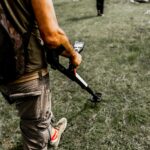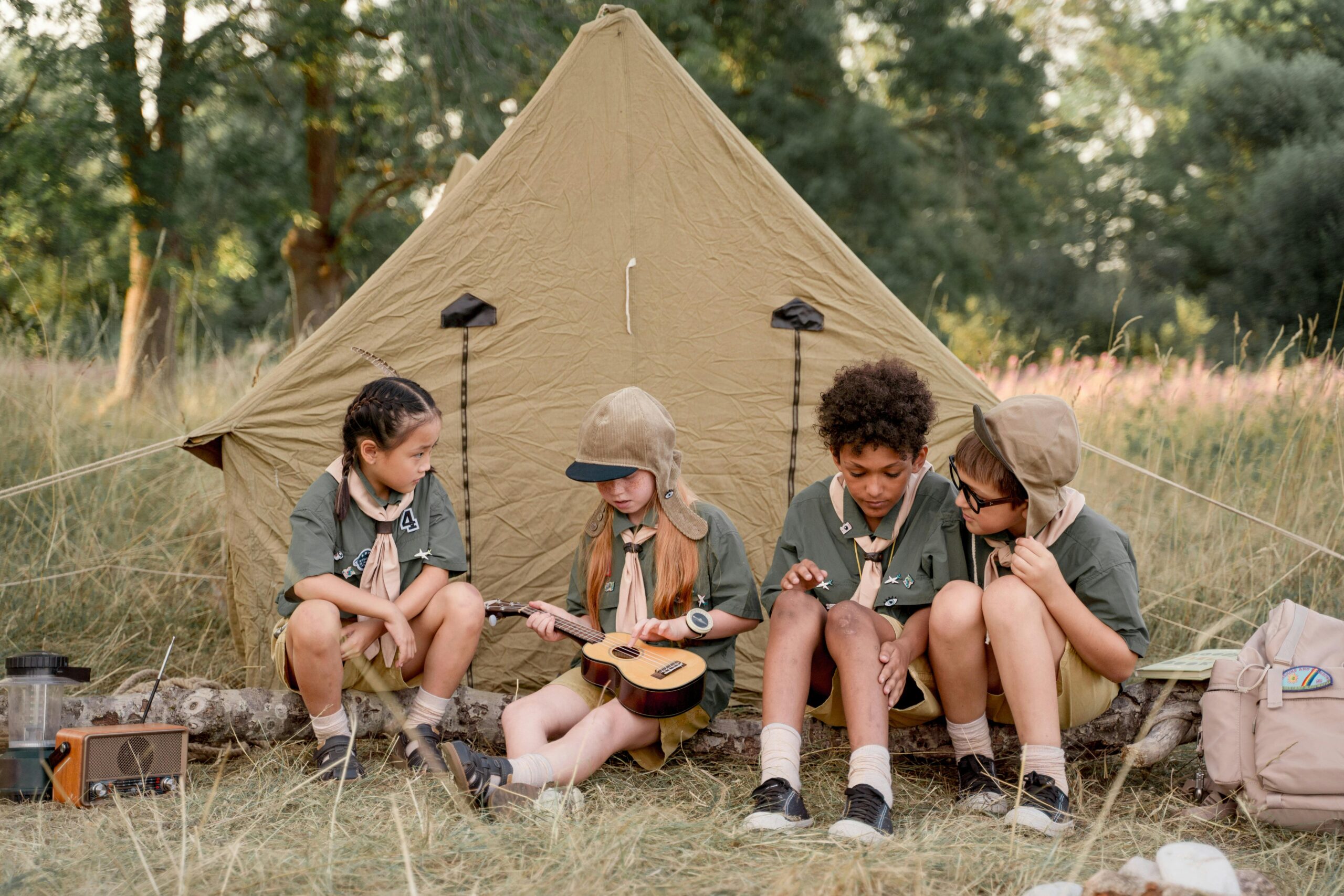Critical Care in the Wilderness: The Escalating Need for First Aid on Hiking Trails
Introduction
As the allure of wilderness adventures continues to draw more people into the great outdoors, the importance of critical care and first aid skills in these remote areas cannot be overstated. Unlike urban environments, where medical help is readily available, wilderness settings present unique challenges where immediate care can be the difference between life and death. This article delves into the escalating need for first aid on hiking trails, highlighting essential techniques and practical advice for managing injuries and emergencies effectively in these situations.
The Unique Challenges of Wilderness First Aid
Wilderness first aid is not just about treating injuries; it’s about understanding the environment and the potential risks it poses. In remote areas, medical help may be far away, and immediate care can be crucial. Common wilderness injuries include cuts, broken bones, and allergic reactions, which can quickly escalate into life-threatening situations if not managed properly.
The Importance of a Well-Stocked First Aid Kit
A well-stocked first aid kit is indispensable for any outdoor adventure. It should include essentials such as bandages, antiseptic wipes, pain relievers, and any personal medications. The kit should also be tailored to the specific needs of the group and the environment they are venturing into.
Key Skills for Wilderness First Aid
Understanding how to handle common wilderness injuries is crucial. This includes knowing how to clean and dress wounds, immobilize broken bones, and administer basic life support. Additionally, having the skills to use the items in a first aid kit effectively is essential.
Practical Tips for Outdoor Enthusiasts
- Always Carry a First Aid Kit: Ensure it is well-stocked and tailored to the specific needs of your group and the environment.
- Learn Basic First Aid Skills: Understand how to handle common wilderness injuries and emergencies.
- Stay Informed: Keep up-to-date with the latest wilderness first aid techniques and best practices.
- Plan Ahead: Research the area you are venturing into and be prepared for potential hazards.
Conclusion
The need for critical care and first aid skills in wilderness areas is escalating as more people venture into these remote environments. By understanding the unique challenges of wilderness first aid, having a well-stocked first aid kit, and learning key skills, outdoor enthusiasts can be better prepared to face unexpected emergencies and ensure safer adventures in the wilderness.
References:
- The Trek. (2024, October 27). High Sierra Trail: Health, Safety, and Self-Sufficiency (Part 1). https://thetrek.co/high-sierra-trail-health-safety-and-self-sufficiency-part-1/
- Canterbury, D. (2018). Bushcraft 101: A Field Guide to the Art of Wilderness Survival. https://www.amazon.com/Bushcraft-101-Field-Wilderness-Survival/dp/1508277389
- The Great Courses. (2024, October 15). Outdoor Fundamentals: Everything You Need to Know to Stay Safe. https://www.thegreatcourses.com/courses/outdoor-fundamentals-everything-you-need-to-know-to-stay-safe
- Outdoors Queensland. (2024, October 14). First Aid. https://outdoorsqueensland.com.au/industry/first-aid/
- Thruhiker TV. (2024, October 19). 9 Reasons Thruhikers Should Consider a Wilderness First Aid (WFA) Certification. https://www.thruhiker.tv/certification-in-wilderness-first-aid/










